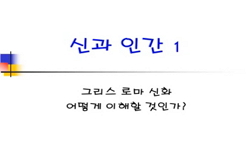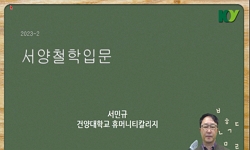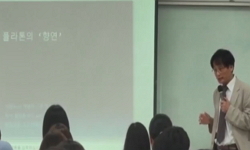In the Republic Plato presents images as shadowy yet effective. What beliefs could he have held about visual constructions that permitted both positions, as well as permitting the imagery used in philosophical arguments? The answer may lie outside the...
http://chineseinput.net/에서 pinyin(병음)방식으로 중국어를 변환할 수 있습니다.
변환된 중국어를 복사하여 사용하시면 됩니다.
- 中文 을 입력하시려면 zhongwen을 입력하시고 space를누르시면됩니다.
- 北京 을 입력하시려면 beijing을 입력하시고 space를 누르시면 됩니다.
https://www.riss.kr/link?id=A107987816
- 저자
- 발행기관
- 학술지명
- 권호사항
-
발행연도
2021
-
작성언어
English
- 주제어
-
등재정보
KCI등재
-
자료형태
학술저널
- 발행기관 URL
-
수록면
17-27(11쪽)
- 제공처
-
0
상세조회 -
0
다운로드
부가정보
다국어 초록 (Multilingual Abstract)
In the Republic Plato presents images as shadowy yet effective. What beliefs could he have held about visual constructions that permitted both positions, as well as permitting the imagery used in philosophical arguments? The answer may lie outside the Republic. Two arguments in Book 10, both of which repeat a claim with a difference, point toward cultural contexts that complete the dialogue’s idea of images. 1. Socrates reproaches visual art with the ranking Form-of-bed/bed/bed-picture, then the ranking user-makerimitator. A flute-player or horseman replaces the god who made the Form. But the god who first used flute and bridle was Athena, and her unannounced presence here casts the pictures of flute and bridle as rebellion against the Olympian order. Mimêsis deploys a power not its own in rebellion against the governance that brings knowledge to humanity. 2. Book 10’s opening list of objects imitated is stated twice, the second time leaving out gods and dead souls. This repetition again suppresses the supernatural element, which was found in statuary that non-mimetically represented gods and souls. Plato’s dialogues acknowledge that element. The Republic’s own images for the soul are presented as sculptures. This is anti-iconic representation, as is the body’s signification of the soul. Here the omission of what is supernaturally effective signals what a proper use of visual art could be when visual art orients itself toward the world of the invisible. The deadly power in mimêsis comes of its rebelliousness against Olympian rule, while the power that art had before mimêsis was the result of its proper communication with gods and souls. Both times mimêsis presumes upon but fails to reproduce the divine effectiveness in art.
동일학술지(권/호) 다른 논문
-
Images and Imagination in Plato’s Republic and Sophist
- 한국서양고전학회
- Noburu Notomi
- 2021
- KCI등재
-
Mimetic Images in Plato’s Cratylus: The Role of Convention in Language and Art
- 한국서양고전학회
- Hua-kuei Ho
- 2021
- KCI등재
-
Speeches as Images of Being: Phaedo 99d4-100a8 and Sophist 254d4-256e7
- 한국서양고전학회
- I-Kai Jeng
- 2021
- KCI등재
-
Profaning the Vision: Re-evaluating Images in Plato’s Philosophy through His Use of Mystery Language
- 한국서양고전학회
- Cynthia Liu
- 2021
- KCI등재





 DBpia
DBpia





